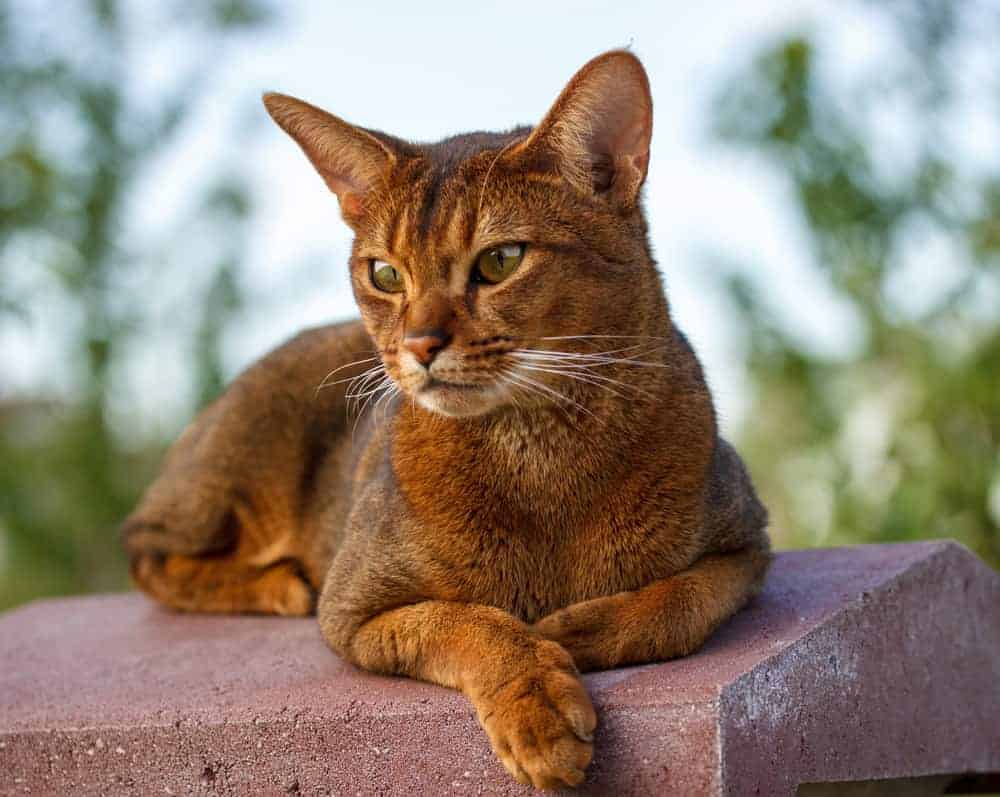
Abyssinian cat breed profile. Photo: Kyselova Inna/Shutterstock
Abyssinian classification
The Abyssinian Cat is classed as Group 3 (ABY) by the Australian Cat Federation (ACF).
Abyssinian cat history
The Abyssinian cat is one of the oldest breeds of domesticated cats, but its real ancestry is lost in time. Romantic tales call it the cat from the Blue Nile saying it is a direct descendant of the sacred cat of Ancient Egypt because it resembles the cats depicted in Egyptian murals and artefacts. Others believe British soldiers from Abyssinia (now Ethiopia) brought a cat named Zula home with them to England at the end of the Abyssinian war in 1868. So far, no documentation links Zula to the cats of today and recent genetic studies identify the cats in the coastal area of the Bay of Bengal in India as the Abyssinian’s potential forebears.
The Abyssinian was developed and refined in Britain. Abyssinians began to be exported to other countries during the early 1900s with their appearance in internal shows before the end of the first decade. Due to their interesting ways and looks, it didn’t take long before efforts to develop the Abyssinian in the US and other countries began in earnest from the 1930s onwards.
Abyssinian physical characteristics
They are a medium-sized cat with males weighing 3 ½ to 4 ½ kgs and females 2 ½ to 3 ½ kgs.
Abyssinian cats look like a small mountain lion or cougar with almond eyes set in a dramatically marked expressive face and a spectacularly warmly ticked coat that produces a shimmering iridescence whether still or in motion. They are athletic, alert and very active. Even though they are well-muscled their movement is lithe, graceful and very quick. Their carriage is confident and regal.
The Abyssinian is a short-haired cat whose coat has an iridescent warmth of colour produced by the Agouti ticking, where each shaft of hair has 4-6 bands of alternating rich colour similar to that of a bunny coat.
The Abyssinian head type is a modified wedge with rounded contours. In profile, there is a rise from the bridge of the nose to the forehead with a brow ridge that helps establish the wild appearance to the face
These cats are bred in the following colours: Ruddy, Chocolate, Cinnamon, Blue, Lilac and Fawn and the silver version of these colours where an icy white colouration closest to the skin is followed by ticking up the hair shaft.
Abyssinian personality traits
If you’re pining for a sweet, gentle lap cat, the Abyssinian likely isn’t a good match for your home. The Abyssinian is a highly intelligent cat who loves to play and interact with people.
Abyssinians and are loyal, affectionate, highly intelligent and very interactive with their owners and environment. No place ever goes unexplored and yet seldom do they knock anything off of a shelf. They are wonderful companions who are highly interested in everything around them and what everybody is doing. They like a good view of their surroundings. They are entertained by whatever moves outside making bird feeders visible through a window a must. They show an intense curiosity in all that surrounds them.
Not usually considered a lap cat due to their high energy and curiosity levels, Abyssinians do occasionally make visits to your lap or find a way under the covers to spend time near their beloved owners. The way they transform within seconds from a radiant and regal presence into an amazingly playful character with childlike antics and an indomitable spirit can be very surprising. Engaging companions for people of all ages, they are happiest in the company of others, love to play and will find ways to involve you in their activities. While exceedingly social, they are not always content in large cat populations where they have to share attention.
Care for your Abyssinian cat
Diet – Abyssinians are predators. If you’re giving your her food that is not meat or formulated from meat products, you will have a difficult time getting your Abyssinian to eat. Abyssinian cats take in almost exclusively proteins and fats in contrast to omnivores like humans who also eat fruits and vegetables. Abyssinians must avoid carbohydrates at all cost.
Another consideration when bringing cat food home to your Abyssinian cat is the balance between raw and dry food. Because many cats have an unfortunate habit of not drinking enough water, your Abyssinian can develop kidney problems without the proper diet. Wet food contains liquid that will help keep your Abyssinian hydrated. Yet, a diet of only wet food can lead to dental problems for your cat. Dry food helps keep your Abyssinian’s teeth strong.
A combination of meat, vitamin and protein enriched wet and dry cat foods are your safest bet for keeping the cat’s appetite sated and her body healthy.
Talk to a veterinarian about the nutritional requirements for an Abyssinian cat.
(A final note when it comes to feeding Abyssinians is that these athletic cats can take longer to grow than other breeds. What this means is that you might want to consider keeping Abyssinian on kitten food for longer than the average cat.)
Grooming – The Abyssinians short coat is easy to maintain—groom him weekly with a stainless steel comb to remove dead hair and keep his coat shiny. Abyssinians can develop periodontal disease, so brush his teeth at home with a vet-approved pet toothpaste and schedule regular veterinary cleanings.
Shedding – Very little to no shedding occurs for this cat breed.
Exercise and Games – There is a range of games that all cats should enjoy both inside and outside. Such games involve waving feather wand toys or other cat toys that require the cat to leap in the air and try to capture the flying object; hide and seek, pouncing, jumping and scrunching soft toys and paper are all worthwhile activities, remembering that cats have more energy to play at the beginning and end of each day. Try playing with your cat twice a day for 15 minutes around the same time each day.
Here are some further ideas to entertain your cat and 10 tips to keep your cat happy.
Abyssinian cat health issues
Both pedigreed cats and mixed-breed cats have varying incidences of health problems that may be genetic in nature. Problems that may affect the Abyssinian cat include the following:
- Early-onset periodontal disease
- Hyperesthesia syndrome, a neurological problem that can cause cats to excessively groom themselves, leading to hair loss, and to act frantically, especially when they are touched or petted;
- Patellar luxation, a hereditary dislocation of the kneecap that can range from mild to severe. Severe cases can be alleviated with surgery;
- Progressive retinal atrophy, a degenerative eye disease;
- Pyruvate kinase deficiency (PKD), for which a genetic test is available to identify carriers;
- Renal amyloidosis, a heritable disease that occurs when a type of protein called amyloid is deposited in body organs, primarily the kidneys in Abyssinians. It eventually leads to kidney failure.
Abyssinian cats generally have a lifespan of about 12 years.
Abyssinian suitability
People who do not appreciate a lively, attention-seeking cat, will not enjoy an Abyssinian cat. They are very good with kids and are best suited to families that can offer lots of affection and attention to the cat. Abyssinians are also great for the active older people as they are great companions.
Always supervise interaction between a young child or other animals and your new kitten or adult cat! Find out more about creating smooth introductions in our Paw Perfect Introductions podcast with renowned animal behaviourist Dr Joanne Righetti.
More details on the Abyssinian cat breed
http://cfa.org/Breeds/BreedsAB/Abyssinian.aspx
http://www.tica.org/en/cat-breeds/item/173
Abyssinian and Somali Cat Club (NSW)
Cat adoption in Australia
Visit www.petrescue.com.au for a listing of cats and dogs available for adoption Australia wide.


